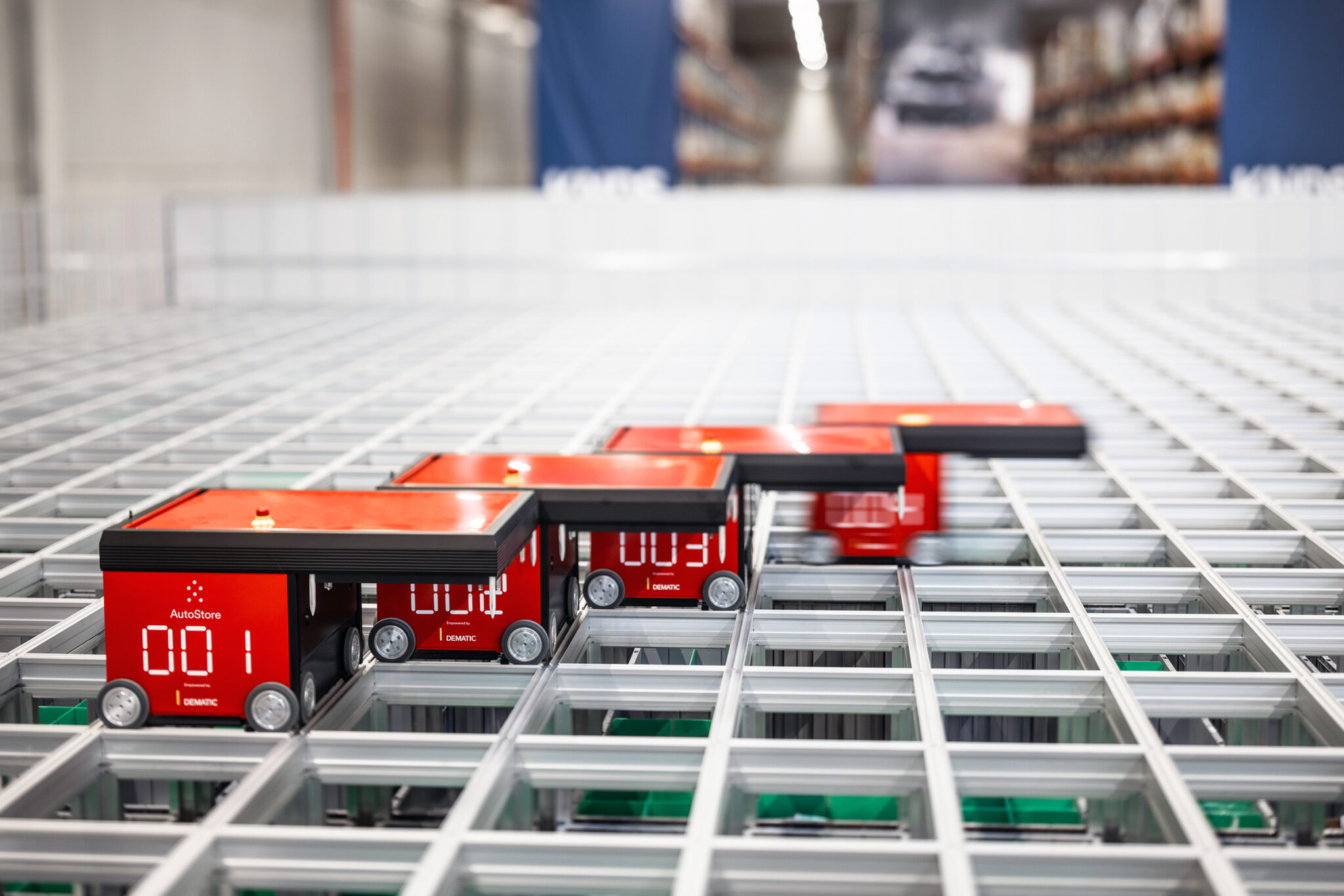Unspoken risk in the supply chain can hurt business, writes Talal Abu Issa (pictured), CEO & Founder of Beebolt.
There’s a predictable lifecycle in public rhetoric when something goes drastically wrong in the supply chain. The situation occurs. It floods news streams with photos, and live updates, and commentary from industry leaders.
Then, the memes start. They fill up social media feeds in a way that’s more often seen after an awkward reaction at an awards show or a celebrity autobiography is released. Eventually, they die down, only to be replaced with the what we can learn from… posts on LinkedIn. And no matter how unrelated the angles may seem, they usually keep the story afloat.
Rinse and repeat
Behind-the-scenes, the cleanup is happening – literally and metaphorically. When a supply chain disaster occurs, we don’t always hear about how much it costs a company, the number of job losses it resulted in, or the environmental impact it’s had. But those facts and stats are still a very real fallout for businesses around the world.
And with globalisation increasing every day, whether or not a brand is impacted by a supply chain disruption feels like luck of the draw. How to stop your business from becoming a viral joke or a cautionary tale? Greater visibility and greater collaboration.
Disruptions: in numbers
No business worth their weight is going to publicise how much a supply chain disruption has cost them. Not even a ballpark. But where the global economy is concerned, we’re swimming in numbers. The widely shared figure from the 2021 Suez Canal blockage was that the incident cost some $9.6bn of goods each day; hardly surprising given the region accounts for around 12% of total global trade.
The Panama Canal is another key trade route that accounts for around 40% of all US container traffic – but one that’s drastically cut traffic since it was hit with drought. According to canal administrators, toll revenues have dropped by about $100 million per month since October 2023. I’ll leave you to do the maths on that one.
Financial repercussions are inevitable when any major disruption occurs. They’re as shocking as they are headline-grabbing, but for real-life businesses run by real-life people, they can have long-lasting effects. Loss of goods, loss of customer loyalty and loss of reputation all hold huge revenue risk. Posing significant threat to individuals down the line of command.
Disruptions: beyond the numbers
You don’t need an MBA to know that any significant revenue loss in a business can lead to job cuts. It’s one of the harshest realities for companies facing repeated or drastic disruptions, and could ultimately put them on the backfoot long-term.
The recent collapse of the Francis Scott Key Bridge was a devastating and shocking image, resulting in the death of six individuals working on the bridge at the time. It also led to the closure of the Port of Baltimore – a port which directly supports more than 15,000 jobs.
It’s easy to think of that as yet another throw-away fact, but given the port is a critical route for millions of tonnes of cargo, long-term closure can put those 15,000 livelihoods in jeopardy. Suddenly, it’s easier to paint a picture of both how important and how fragile supply chains really are. And how much of an impact disruptions can have on global businesses, workforces, consumers and economies.
Disruptions: under the radar
It’s one thing to talk about these large scale disruptions, but they’re happening in practically every business, practically every day. They may be on a smaller scale, but that’s not to say they’re not having an impact.
Siloed communication across a supply chain, missing or misaligned documentation, the inability to track shipments and so on and so on. What can seem like minutiae and every day roadblocks can quickly accumulate to thousands of hours and millions of dollars lost for a company.
Say your Procurement Manager is managing contracts across all collaborators – and an invoice comes through with a discrepancy. They’re tasked with sourcing the initial RFQ and signed contract, understanding why there might be a change of scope (was there an add-on service last minute?), and liaising with internal stakeholders to identify where the misalignment’s come from.
Move too slowly and there’s a risk that the collaborator will halt activity, or that it results in a breakdown of the relationship. Move too quickly and pay the invoiced amount, but risk logging a discrepancy in the company books. Either way: a big no-no.
It’s only one example, but it emphasises just how prevalent siloed activity is across the supply chain. With all the will in the world, a business can have excellent communication and joined-up operations. But that doesn’t mean every party across the chain will be equipped with the same. And where lack of visibility and collaboration starts, disruptions quickly follow.
Prevention. Mitigation. Resolution
With increased globalisation, conflicts, climate change and other market disturbances, the supply chain is bound to become more susceptible to liabilities – as are businesses.
Not every disruption can be predicted or prevented. That’s the reality of trade. But by bolstering their operations, companies drastically reduce the risk. They’re in a better position to protect their bottom line in the day-to-day, cultivate a more unified way of working, and put effective crisis management plans in place. Before they’re hit with an irreconcilable event.
Deploying intelligent technology like Beebolt enables Supply Chain superheroes – your leads, managers and coordinators – to work more intelligently. Any manager or lead can automate the simpler tasks that far too often eat up time and resources, enabling them to focus on the more strategic, revenue-generating work – as well as prevent or mitigate disruptions and their effects.
But as a collaborative tool, the platform acts as its own ecosystem; the more users on the tech, the more data points, the more sophisticated its outputs. Teams can unify communications across the entire chain – something that’s comparatively rare in supply. Track shipments and identify loss patterns. Manage documents and admin, interrogate performance gaps and so on, and so on.
Watching disruptions occur from afar is one thing, but our shared global market is bringing the threat of significant loss a lot closer to home. Whether or not your company is impacted might be luck of the draw. But having operational preparedness shouldn’t be.
read more
Industry View: Secure Your Supply Chain Now to Beat Disruption







